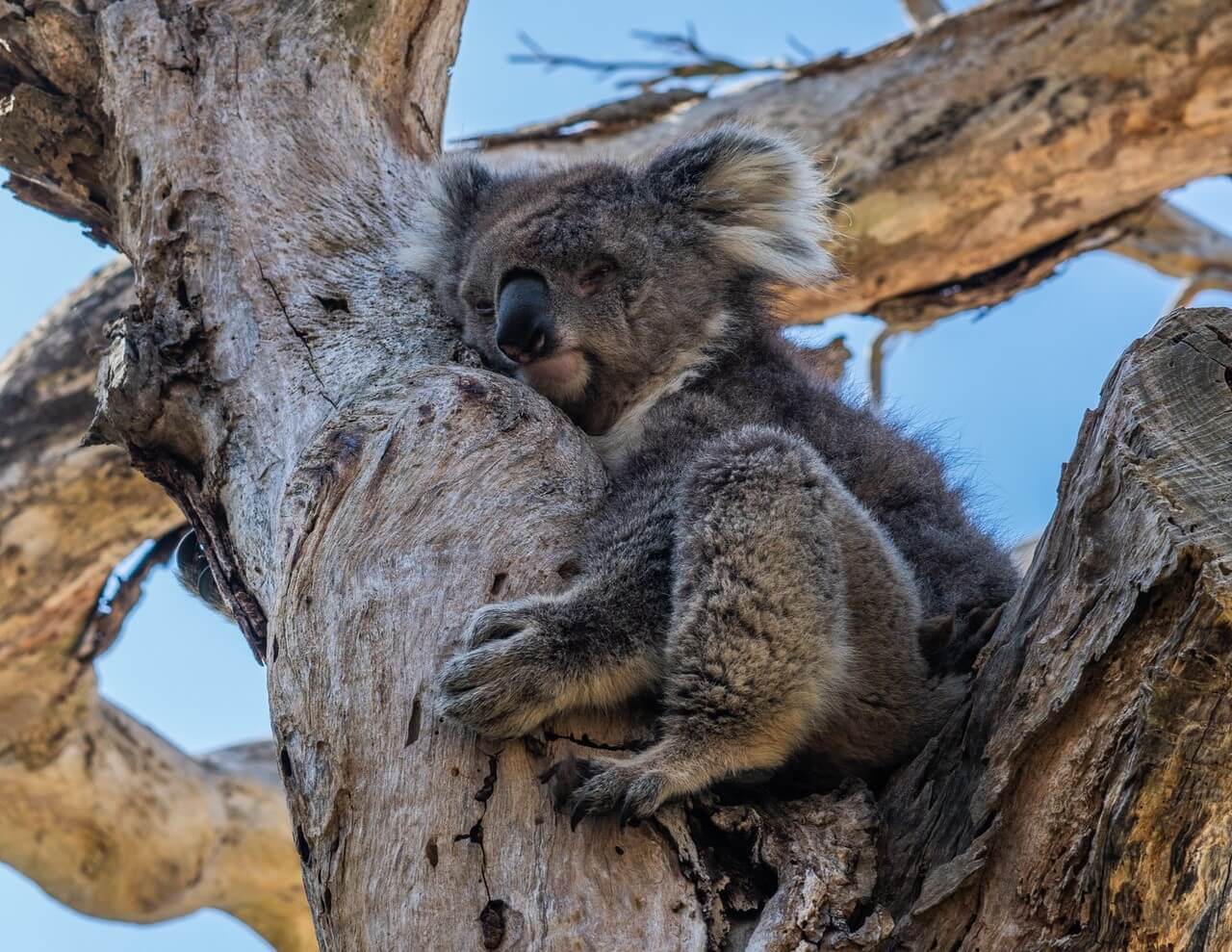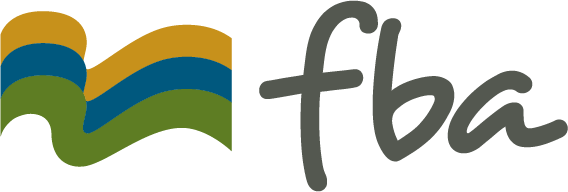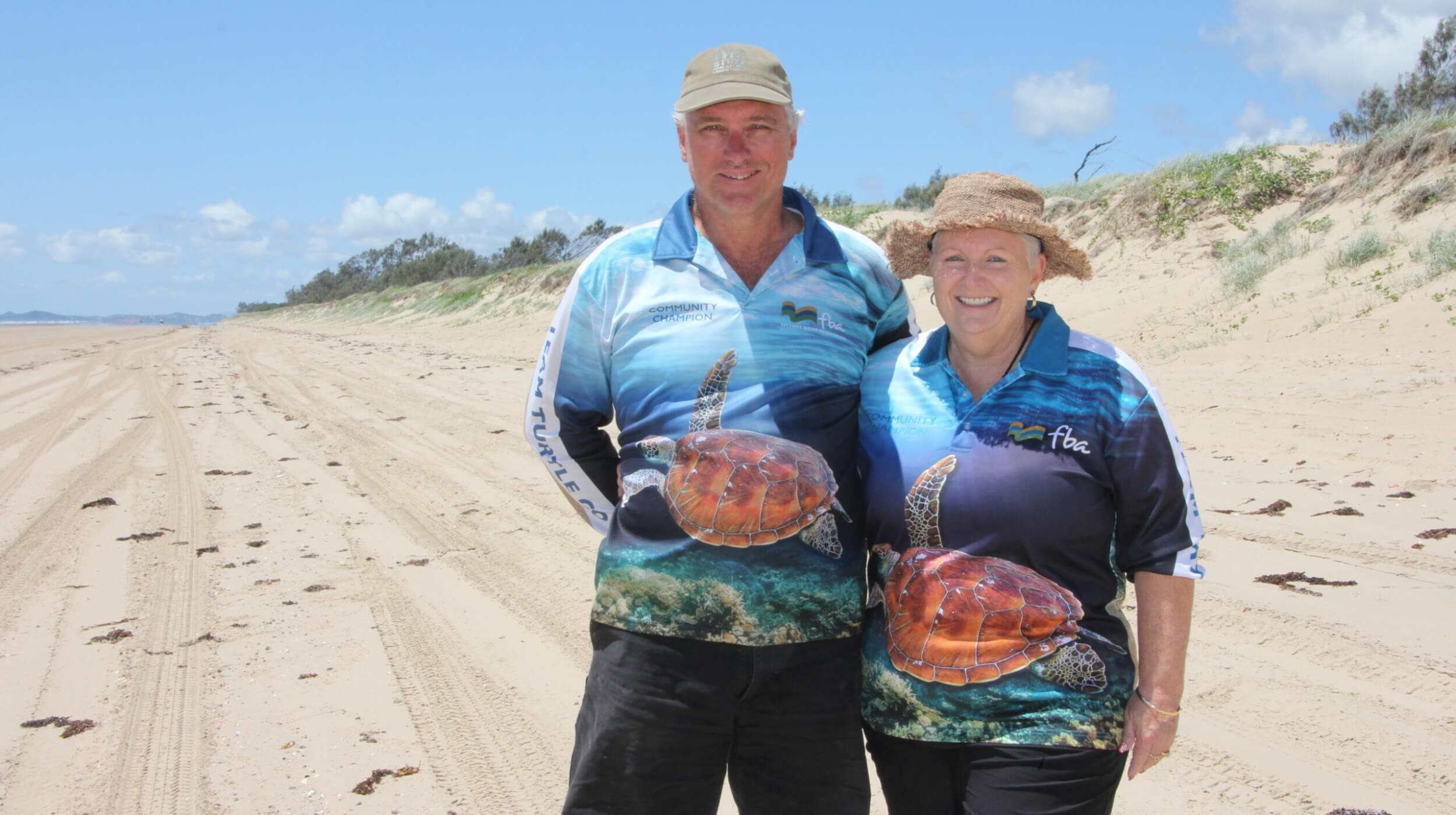Volunteer projects

Fitzroy Basin Association Inc.
Team Turtle CQCapricorn and Curtis Coast Volunteers
The Team Turtle CQ project is a collection of volunteers along the Caproicron and Curtis Coast who participate in citizen science by recording data on nesting marine turtles and hatchlings. Walking along local beaches volunteers record nesting turtle tracks, successful nests or nest attempts, presence of threats including evidence of predators (foxes, goannas etc.), 4WD tracks or light impacts.
Community volunteers are trained through a series of workshops to positively identify marine turtle tracks on beaches throughout the nesting and hatching season (November – January).
Register your interest in joining Team Turtle CQ by emailing fbateamturtlecq@fba.org.au

Fitzroy Partnership for River Health
MyWater Community PortalLocal waterway monitoring
Individuals, schools and community groups are invited to get involved in local waterway monitoring. FPRH have a range of resources available to support the community to test their local waterways and increase the awareness of waterway health. Use your school or science club equipment, or get in touch with us as we provide a Care for Creeks bursary annually to provide equipment to support testing of the Basin’s waterways. Increased awareness of the health of our waterways is important for the entire community to understand the impacts industries and communities have on our valuable rivers and streams.
Our aim is to increase the data entered by the community into our MyWater portal, so we can have one of the largest citizen science water data samples in Australia!

Barleria repens Working Group
Mapping Barleria repens in the Fitzroy Region
To monitor and map Barleria repens infestations in the Fitzroy region, a community group (named Barleria repens working group) has been established.
Barleria repens (also known as coral creeper or small bush violet) is an introduced environmental weed that is thriving on the coast of Queensland. A common garden escapee, Barleria repens is often found in urban bushland and disturbed forest along the coastline of Queensland. If given the opportunity, the weed will colonise and dominate disturbed areas, roadsides and riparian vegetation. Once established, Barleria repens forms a dense thicket that displaces vegetation and prevents animal movement.
To learn more or join the working group please email – envirolink@cqnet.com.au

Help protect koalas in the Clarke-Connors Range
Koala Protection Project
FBA is inviting landholders in the Clarke-Connors Range to participate in a Koala Protection Project. Participants will potentially receive funding to assist with habitat management and to contribute their knowledge of local koalas.
The first step in this project is data collection. The data will be used to make a meaningful koala management plan for the Clarke-Connors Range and to track the results of on-ground action.
If you live in the project area and would like to be involved in this exciting new project please complete the form below by 29 October 2021.
Choose from the programs above, and if you can’t find what you’re looking for, please register your interest so we can let you know when something suitable arises.












